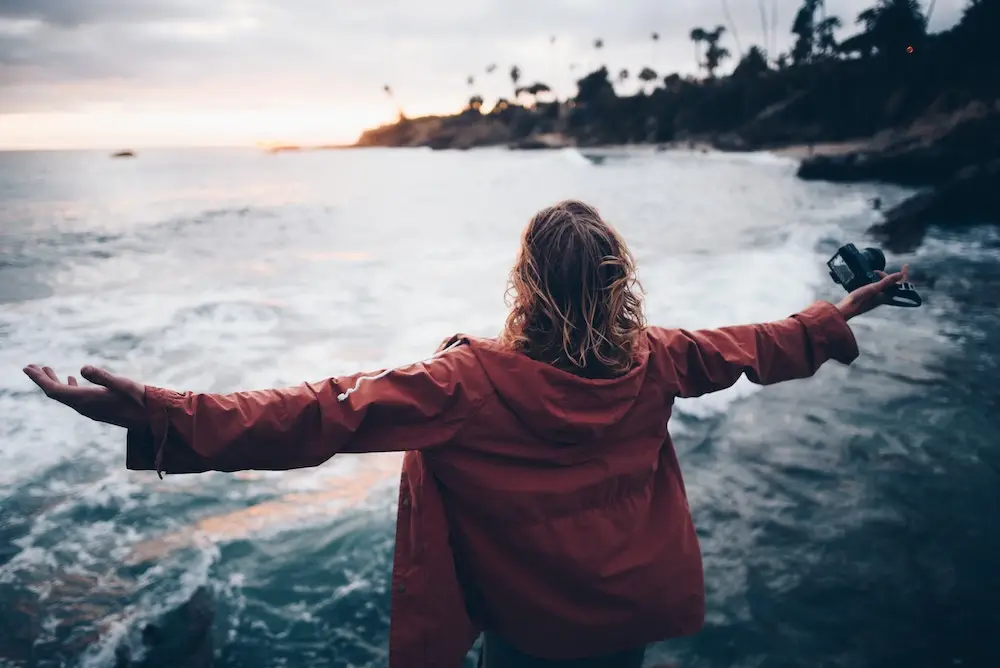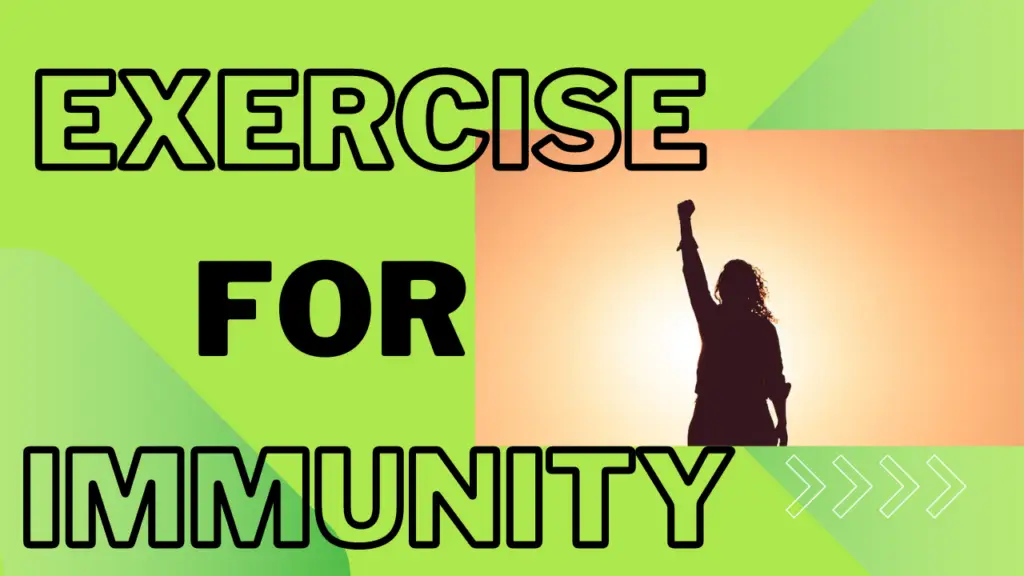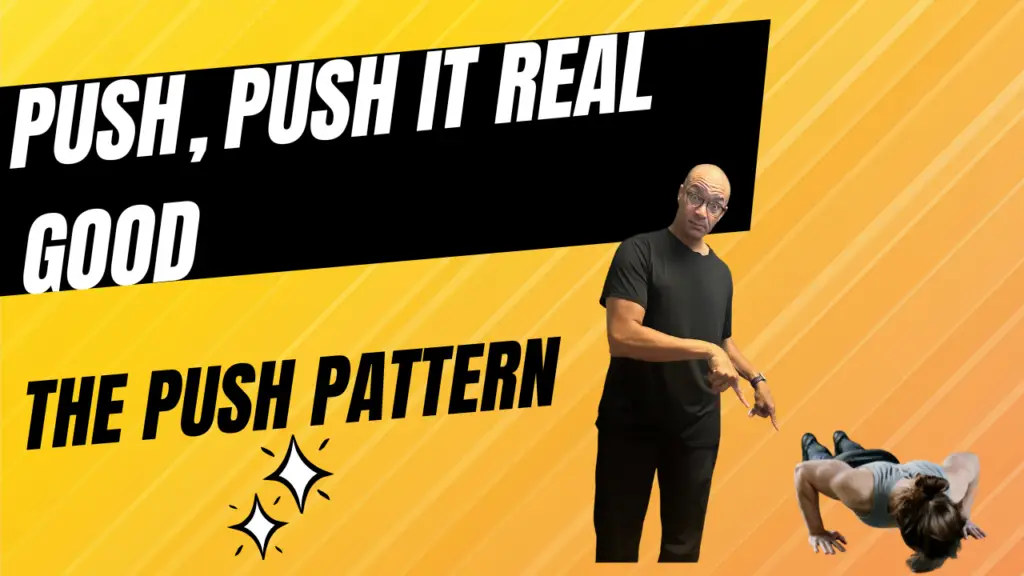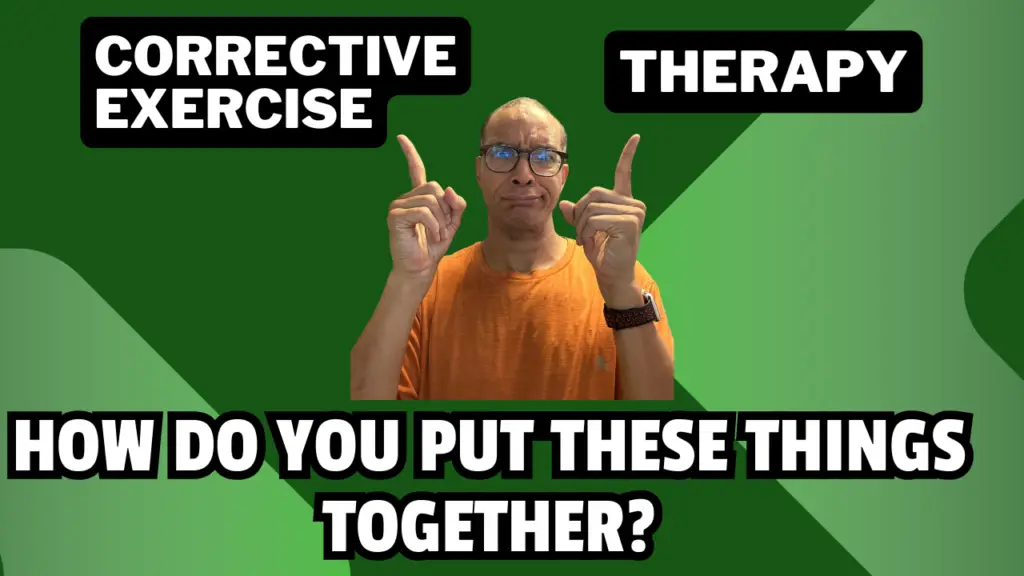This is an interesting article that I notice often in my studio during workouts.
In a workout class that includes ELDOA’s, a one-minute stretch can feel like an eternity due to the challenge and discomfort it presents for the joints. However, the entire 45-minute class or session can pass in the blink of an eye because of the constant need for awareness and consciousness during the exercises.

The choice during a workout
The article mentions that time seems to go faster when you are enjoying yourself, and I agree. However, when working out, the goal is to intentionally challenge yourself and embrace discomfort. It is up to each participant to choose whether to set themselves up for success.
They can choose to accept the challenge and even find joy in the process of improvement. The time will pass faster and more enjoyable. Or they can decide that “this is too hard,” “I don’t like it,” or “this isn’t fun,” basing their experience on fleeting emotional states and the belief that they can’t succeed. The time will pass more slowly and will be much less enjoyable.
Finding a balance of “fun” in your workouts
While having fun doing activities you love is essential, those activities can take a toll on your body. The areas you use most can become tight, weak, and challenging to work with. However, if you value your body when you start an exercise program, choose to give it “some love” through corrective exercises, you can continue enjoying your life. Ignoring these issues because they are “not fun” may eventually lead to injury and potentially require surgery. Super not fun.
In the long run, I find it enjoyable to challenge myself to become more than I am. It doesn’t mean the process is always fun, but it makes the outcome more worthwhile for both my body and soul.
Check out this next article on how a Holistic Exercise and Fitness Program can lead you to sustainable progress and a fun life
Find out more @










